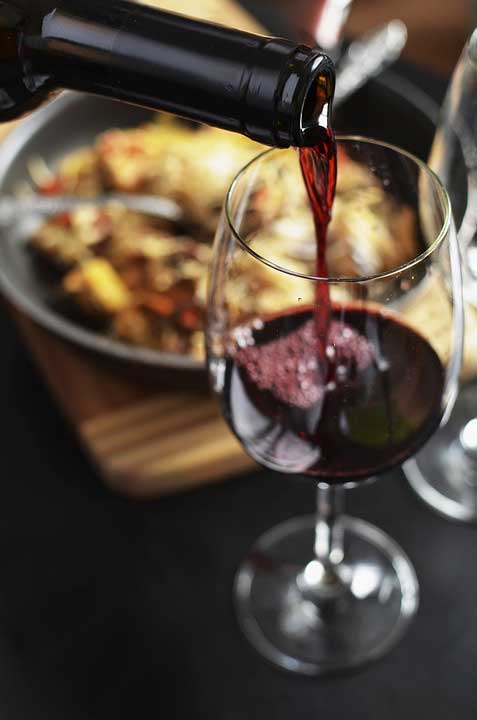
Is wine, that age-old nectar that evokes passion and conviviality, subject to perishability? It’s a thought-provoking question for wine lovers and novices alike. Let’s take a closer look at the complexity of wine aging and how it can evolve over time.
- The mythical capacity to age
Wine aging is often perceived as a sign of quality. Some wines are engineered to age gracefully, developing complex aromas and subtle flavors over the years. Tannic red wines, such as Bordeaux and Barolos, and certain whites, such as the Grand Crus of Burgundy, are often chosen for their aging potential. However, aging is no guarantee of success, and not all wines necessarily improve with age.
- Wine and Time: A Delicate Dance
Wine is a constantly evolving substance, influenced by factors such as temperature, light and storage. Properly stored, wine can age harmoniously, but inadequate storage can accelerate the aging process, leading to premature deterioration. Temperature variations, excessive vibration and exposure to light can all contribute to altering wine quality over time.
- The role of the cork in wine ageing
The cork in the wine bottle plays a crucial role in the aging process. Cork stoppers, though traditional, can allow a tiny amount of oxygen into the bottle, thus aiding the aging process. However, this can also lead to problems such as premature oxidation if the wine is not properly sealed. Synthetic corks and screw caps, increasingly in use, offer an alternative for those seeking to minimize the risks associated with aging.
- Signs of perishability: how to know?
How do you know when a wine has passed its peak and begun to perish? There are several signs that can indicate deterioration. A brownish color in red wine, or a golden hue in white wine, may suggest excessive oxidation. Vinegar or musty aromas, as well as a flat, fruitless taste, are also indicators of perishability. It’s important to note that not all wines have the same shelf life, and some are meant to be consumed young to appreciate their freshness.
- Wine Shelf Life
The length of time a wine can be kept depends on the type of wine, the vintage, storage conditions and personal preferences. Young red and white wines are generally intended for earlier consumption, while great red and white wines can withstand several decades of aging. Sparkling and sweet wines can also vary in terms of shelf life.
Conclusion: a delicate balance
In conclusion, wine is a constantly evolving elixir, and its perishability depends on multiple factors. Aging can improve some wines, but it can also deteriorate them if not managed correctly. It is essential to understand the individual characteristics of each wine and adjust expectations accordingly. By appreciating wine with an acute awareness of its evolution, connoisseurs can turn each bottle into a memorable sensory experience, whether enjoyed young and lively or after years of patient aging.